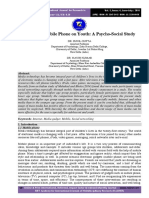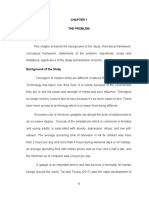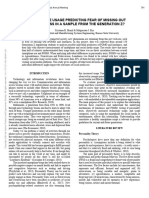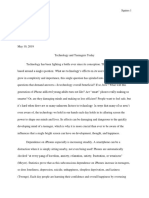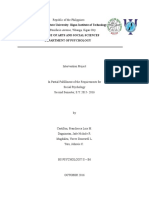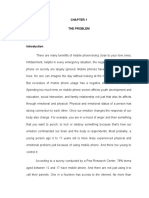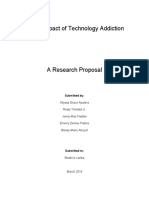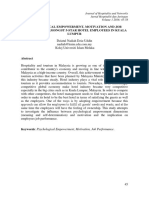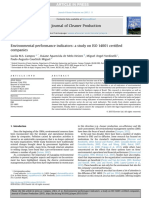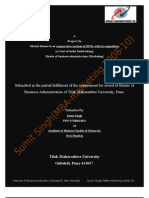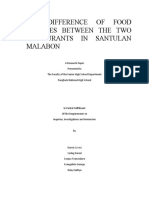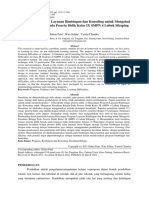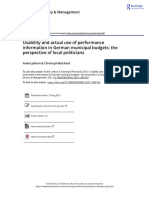0% found this document useful (0 votes)
12 views10 pagesResearch Methods Group Project
This paper examines the impacts of persuasive technology on social interactions, physical well-being, and mental health, particularly focusing on its influence on generational behaviors. Through experiments and surveys with university students, the research highlights both positive effects, such as increased fitness engagement, and negative consequences, including heightened anxiety and impatience. The findings emphasize the need for mindful technological design that considers the psychological effects on different age groups, especially younger generations.
Uploaded by
glamour6622Copyright
© © All Rights Reserved
We take content rights seriously. If you suspect this is your content, claim it here.
Available Formats
Download as PDF, TXT or read online on Scribd
0% found this document useful (0 votes)
12 views10 pagesResearch Methods Group Project
This paper examines the impacts of persuasive technology on social interactions, physical well-being, and mental health, particularly focusing on its influence on generational behaviors. Through experiments and surveys with university students, the research highlights both positive effects, such as increased fitness engagement, and negative consequences, including heightened anxiety and impatience. The findings emphasize the need for mindful technological design that considers the psychological effects on different age groups, especially younger generations.
Uploaded by
glamour6622Copyright
© © All Rights Reserved
We take content rights seriously. If you suspect this is your content, claim it here.
Available Formats
Download as PDF, TXT or read online on Scribd
/ 10

